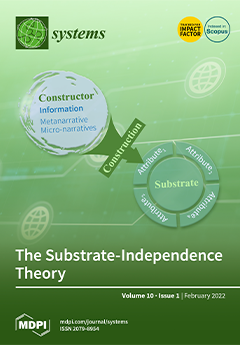Open AccessArticle
An Equifinality Energy Management Framework in Terms of Benchmarking Practices and Expectations: The EnerMan Project Outlook
by
Panagiotis Katrakazas, Marco Costantino, Federico Magnea, Liam Moore, Abdelgafar Ismail, Eleftherios Bourithis, Hasan Basri Taşkın, Zeynep Tutku Özen, İlyas Artunç Sarı, Katerina Pissaridi, Johann Bachler, Stefan Polic, Giulia Pippione, Roberto Paoletti, Rosa di Falco and Fabio Ferrario
Cited by 1 | Viewed by 3403
Abstract
Background: The Industry 4.0 wave is leading the changes in existing manufacturing and industrial processes across the world. This is especially important in the formulation of the smart-factory concept with an outlook to energy sustainable processes. In viewing and identifying the foundational elements
[...] Read more.
Background: The Industry 4.0 wave is leading the changes in existing manufacturing and industrial processes across the world. This is especially important in the formulation of the smart-factory concept with an outlook to energy sustainable processes. In viewing and identifying the foundational elements of such a transformation, the initial conditions and current practices in a cross-sectoral manner is considered a first, yet crucial step in the EU-funded project EnerMan. Methods: In this paper, we identify and analyse the key common features and characteristics of industrial practices set in a perspective of similar and identical functions with a focus to three key energy areas: sustainability, management, and footprint. The examination of different industrial sector cases is performed via distributed questionnaires and then viewed under the prism of the equifinality state via a text-mining analysis approach. Results: identification of common themes and benchmarking of current practices in a cross-industry manner led to the creation of a common systemic framework within energy management related aspects, which is hereby presented. Conclusions: use of an equifinality approach in energy management practices should be further pursued to open up new methods of ideation and innovation and communicate systems’ design in tandem with each industrial set goals.
Full article
►▼
Show Figures





